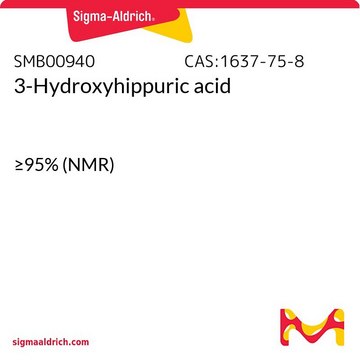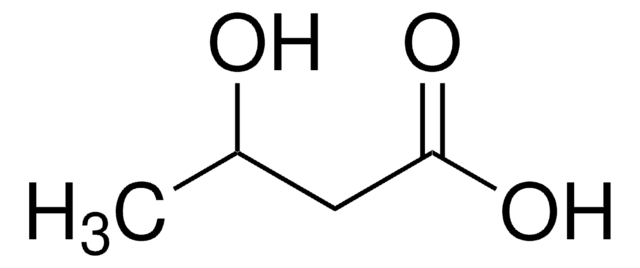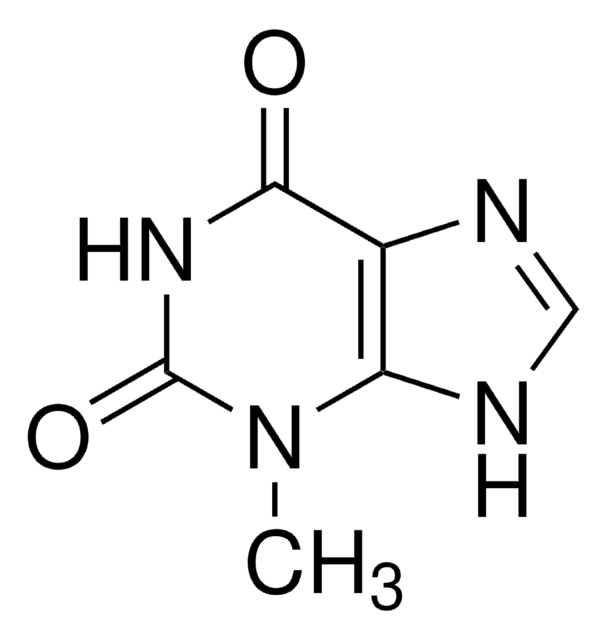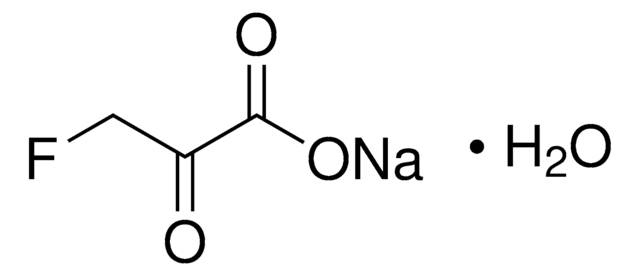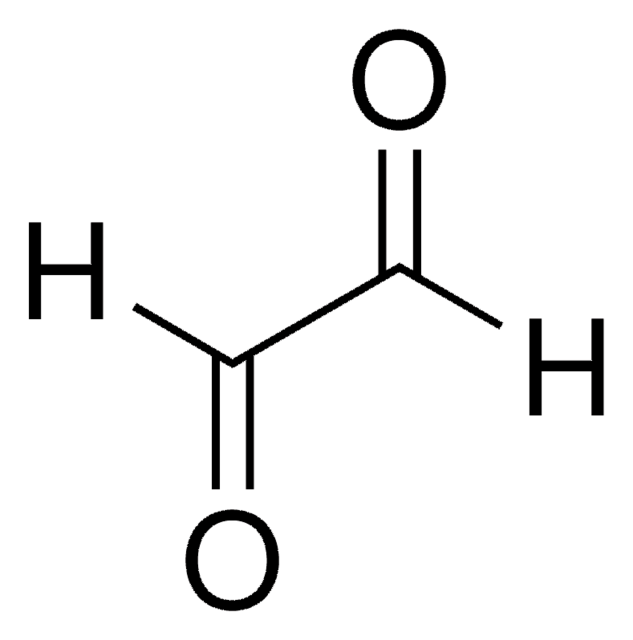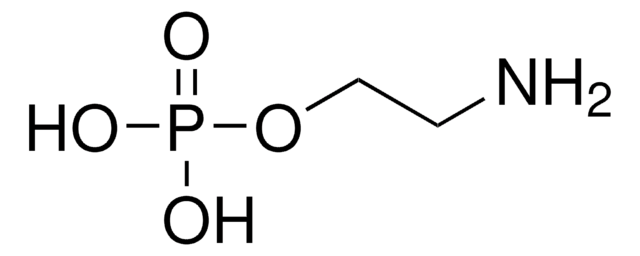223875
α-Hydroxyhippuric acid
98%
Synonym(s):
(Benzoylamino)hydroxyacetic acid
Sign Into View Organizational & Contract Pricing
All Photos(3)
About This Item
Linear Formula:
C6H5CONHCH(OH)CO2H
CAS Number:
Molecular Weight:
195.17
EC Number:
MDL number:
UNSPSC Code:
12352100
PubChem Substance ID:
NACRES:
NA.22
Recommended Products
Assay
98%
mp
211 °C (dec.) (lit.)
functional group
amide
carboxylic acid
hydroxyl
phenyl
SMILES string
OC(NC(=O)c1ccccc1)C(O)=O
InChI
1S/C9H9NO4/c11-7(10-8(12)9(13)14)6-4-2-1-3-5-6/h1-5,8,12H,(H,10,11)(H,13,14)
InChI key
GCWCVCCEIQXUQU-UHFFFAOYSA-N
General description
α-Hydroxyhippuric acid, nonpeptidic substrate, forms complex with peptidyl-α-hydroxyglycine α-amidating lyase catalytic core.
Application
α-Hydroxyhippuric acid was used in the synthesis of benzamide by the enzyme-catalyzed dealkylation reaction.
Storage Class Code
11 - Combustible Solids
WGK
WGK 3
Flash Point(F)
Not applicable
Flash Point(C)
Not applicable
Choose from one of the most recent versions:
Already Own This Product?
Find documentation for the products that you have recently purchased in the Document Library.
R Kulathila et al.
Archives of biochemistry and biophysics, 311(1), 191-195 (1994-05-15)
The conversion of C-terminal glycine-extended peptides to C-terminal alpha-amidated peptides occurs in two distinct reactions, both of which are catalyzed by bifunctional peptidylglycine alpha-amidating enzyme. The first step is the alpha-hydroxylation of the C-terminal glycine residue and the second step
A G Katopodis et al.
Biochemistry, 29(26), 6115-6120 (1990-07-03)
We report here the isolation of a novel enzyme from bovine neurointermediate pituitary which catalyzes the conversion of alpha-hydroxybenzoylglycine to benzamide. This enzyme, termed HGAD (alpha-hydroxyglycine amidating dealkylase), is a soluble protein with an apparent molecular mass of 45 kDa
Brett Ronald Cutler et al.
International journal of cardiology, 261, 155-158 (2018-03-17)
Glycosaminoglycan (GAG), a major component of the endothelial glycocalyx, is severely perturbed in diabetic vasculature leading to endothelial inflammation and vascular disease in diabetes. We tested the hypothesis that blueberry metabolites (BBM) ameliorate endothelial inflammation in diabetic endothelial cells (ECs)
Xiaoning Wang et al.
Journal of proteome research, 11(7), 3838-3847 (2012-05-26)
Cirrhosis is a common and terminal outcome of many chronic liver conditions. A urinary metabonomic study using gas chromatography-mass spectrometry (GC-MS) and ultra performance liquid chromatography time-of-flight mass spectrometry (UPLC-TOFMS) was carried out to elucidate the pathophysiological basis of posthepatitis
Eduardo E Chufán et al.
Structure (London, England : 1993), 17(7), 965-973 (2009-07-17)
Many neuropeptides and peptide hormones require amidation of their carboxy terminal for full biological activity. The enzyme peptidyl-alpha-hydroxyglycine alpha-amidating lyase (PAL; EC 4.3.2.5) catalyzes the second and last step of this reaction, N-dealkylation of the peptidyl-alpha-hydroxyglycine to generate the alpha-amidated
Our team of scientists has experience in all areas of research including Life Science, Material Science, Chemical Synthesis, Chromatography, Analytical and many others.
Contact Technical Service